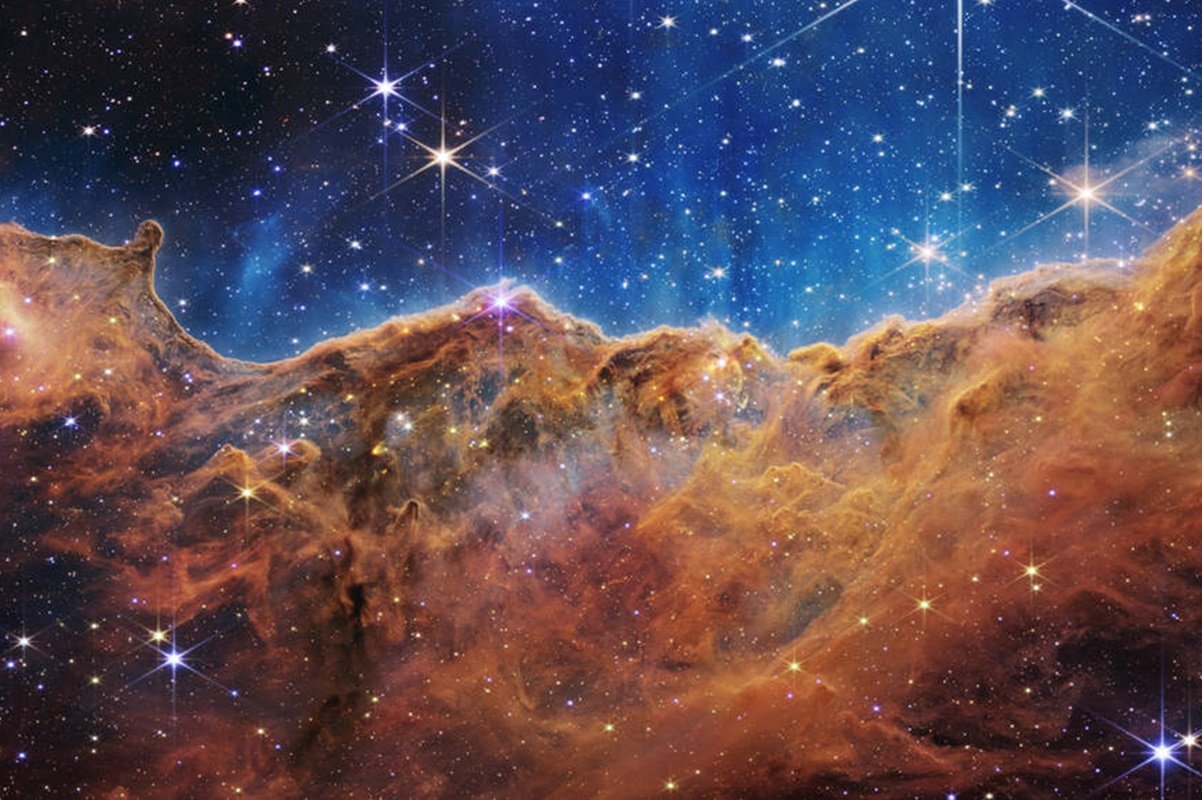This Tuesday (12), the first complete scientific image pack by James Webb Space Telescope (JWST). The images appeared in a live broadcast by NASA (United States space agency).
The first image released Tuesday was of the spectrum of exoplanet WASP-96 b, an extrasolar giant with half the mass of Jupiter. The discovery of WASP-96 b was announced in 2014.
According to NASA, the telescope picked up a distinctive signature of the presence of water and clouds and haze in the gas planet’s atmosphere. WASP-96 b orbits a Sun-like star.
The second image was taken by two James Webb cameras and shows the end of a star’s life: the Southern Ring Nebula (NGC 3132).
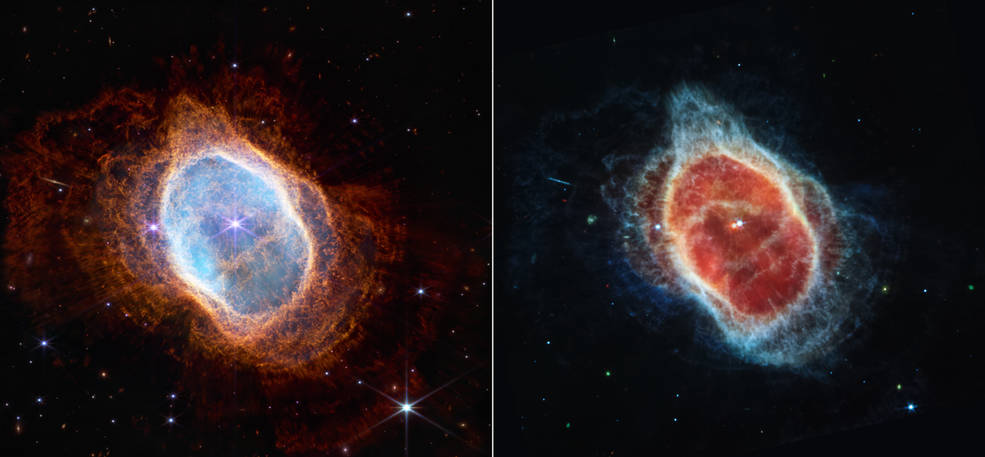
The photo shows waves of gas and dust ejected from the center of the star after an explosion. “Webb will allow astronomers to better understand planetary nebulae like the one pictured — clouds of gas and dust ejected by dying stars. Understanding what molecules are present and where they are in the gas and dust layers will help researchers refine these celestial bodies,” Webb said in a statement. He said they had information about him.
The group of five galaxies, known as Stephan’s Quintet, appears in the third image released Tuesday (12).
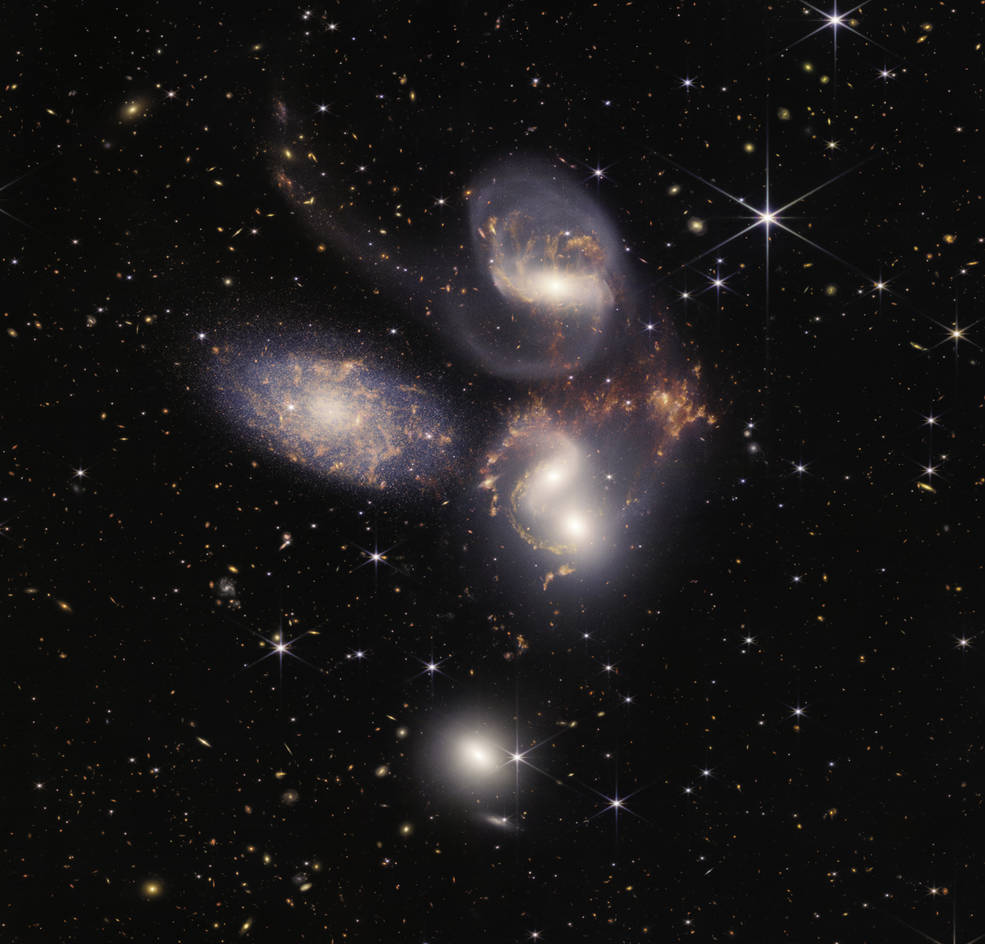
The photo is a collection of nearly 1,000 individual images and shows millions of young stars. NASA says in a statement that the image could offer new insights into interactions between galaxies.
In the latest image released, it is possible to see the Carina Nebula in unprecedented beauty and detail. The name of the region in the photo is NGC 3324.
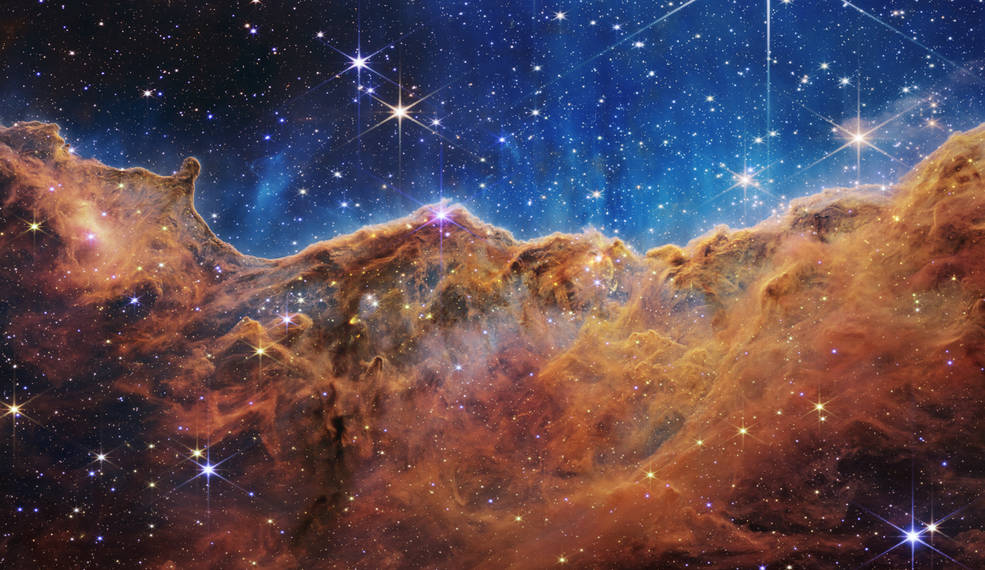
The nebula is located 7,600 light-years from Earth in the constellation Carina. There, massive new stars are being born, some much larger than our Sun.
JWST is an infrared telescope that can reveal details of the universe that our eyes and older telescopes cannot capture. The device was launched into space on December 25, 2021, after a series of delays. As the total cost of the equipment was around $10 billion (about R$54 billion at the 07/11/2022 exchange rate), the scientists chose to wait for the most convenient and safe time for launch.
Considered the successor to Hubble, the super telescope is the result of a partnership between NASA, the European Space Agency (ESA) and the Canadian Space Agency (CSA). According to NASA, the main industrial partner for the project is Northrop Grumman.
On Monday night (11), the first image was released at a live-streamed event. The photo announcement was made by US President Joe Biden, Vice President Kamala Harris and NASA (United States Space Agency) Administrator Bill Nelson.
The first image shows the galaxy cluster SMACS 0723, full of details. There are hundreds of distant galaxies, never seen so clearly. According to NASA, the image covers a piece of our sky equivalent to a grain of sand seen from an outstretched arm’s distance.
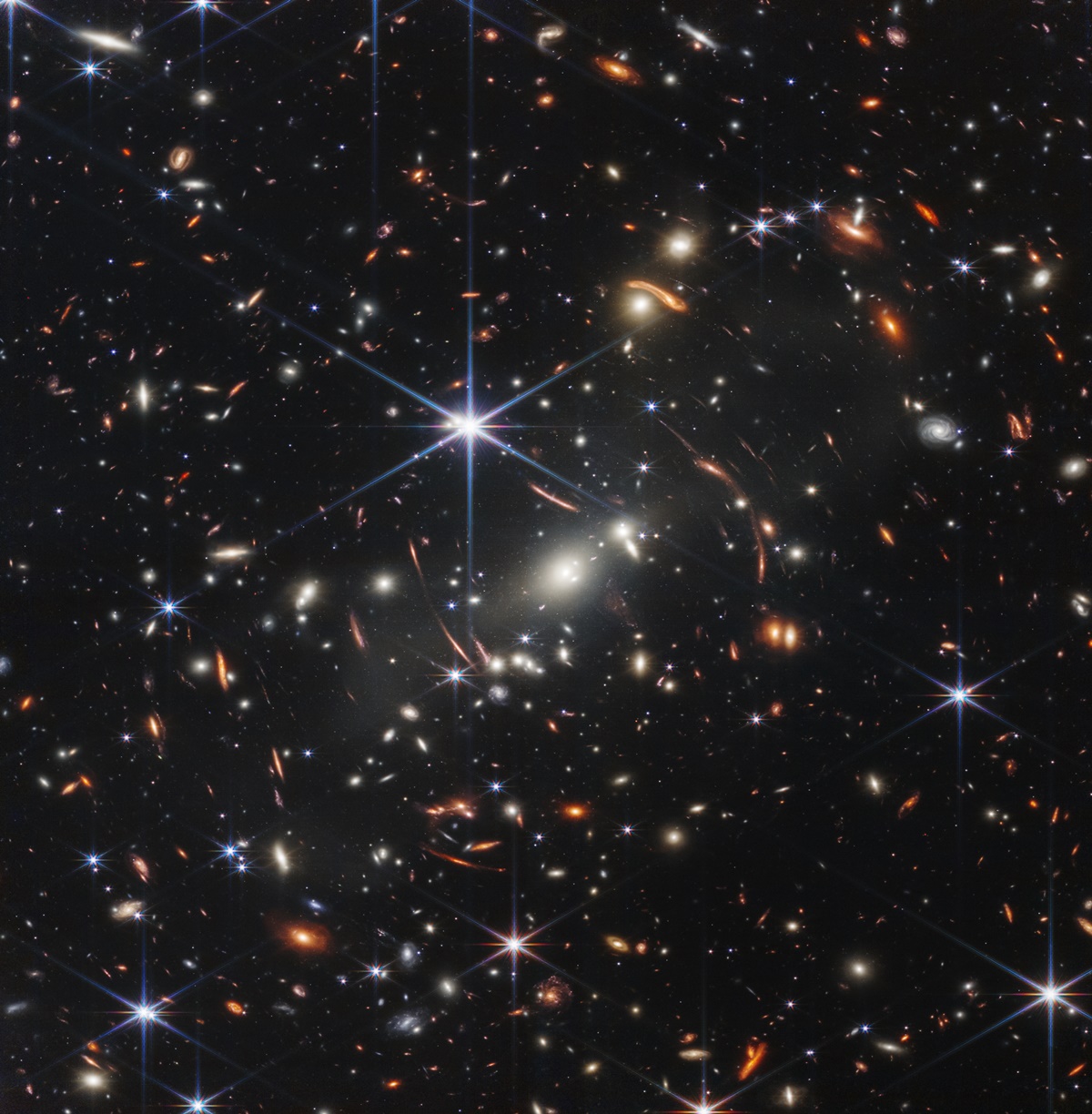
In the photo, SMACS 0723 looks to us as it did 4.6 billion years ago, according to NASA. These galaxies are so far away from us that their light takes a long time to reach our position in space. So when we look through telescopes, we see the past.
Source: Tec Mundo
I am Bret Jackson, a professional journalist and author for Gadget Onus, where I specialize in writing about the gaming industry. With over 6 years of experience in my field, I have built up an extensive portfolio that ranges from reviews to interviews with top figures within the industry. My work has been featured on various news sites, providing readers with insightful analysis regarding the current state of gaming culture.






